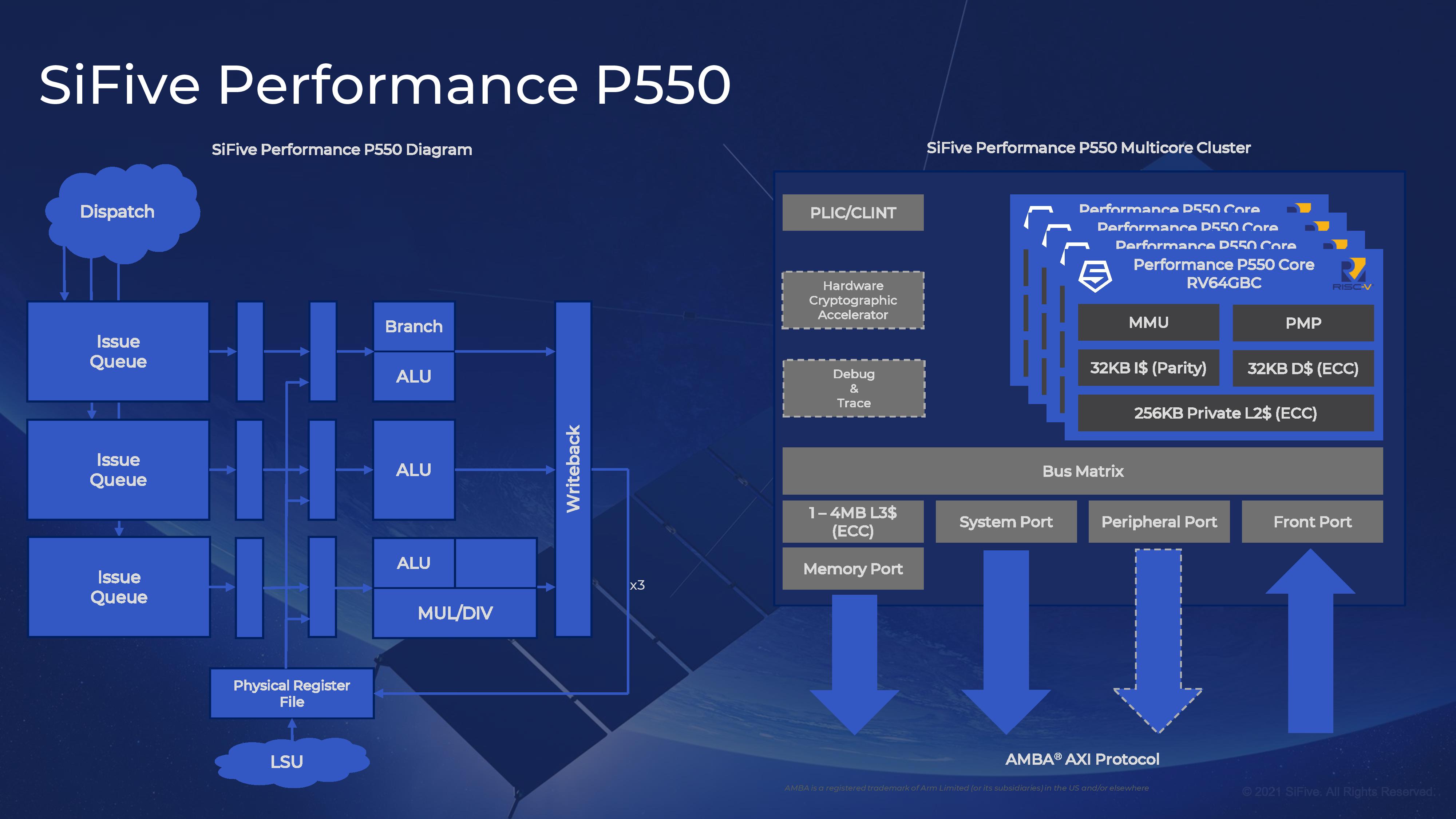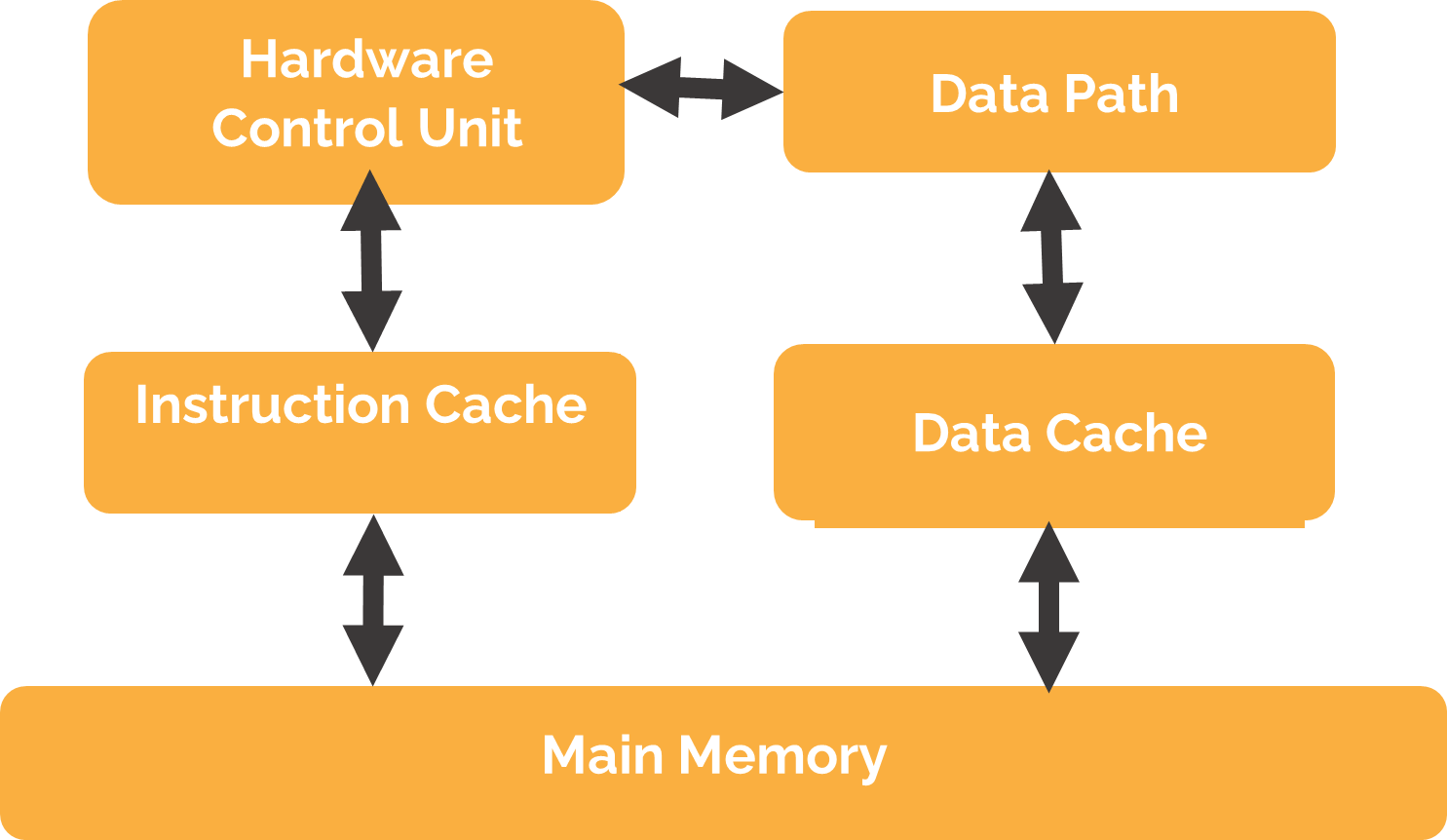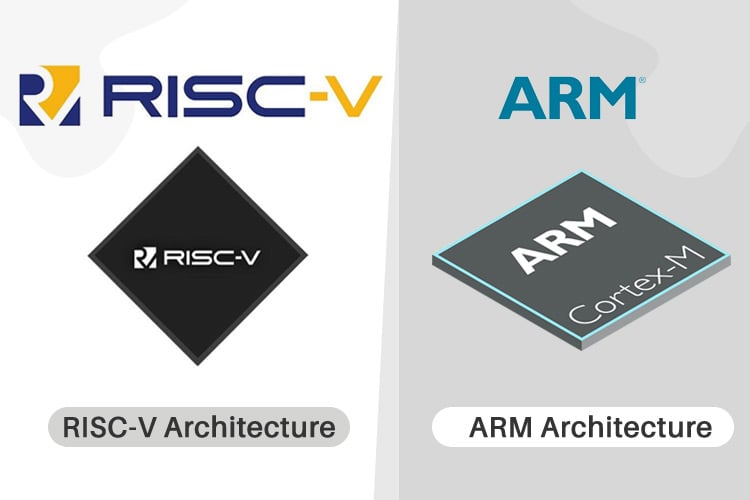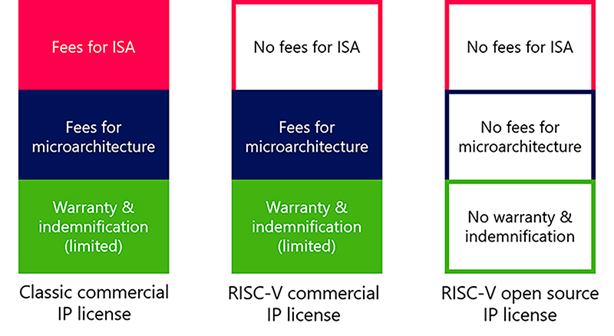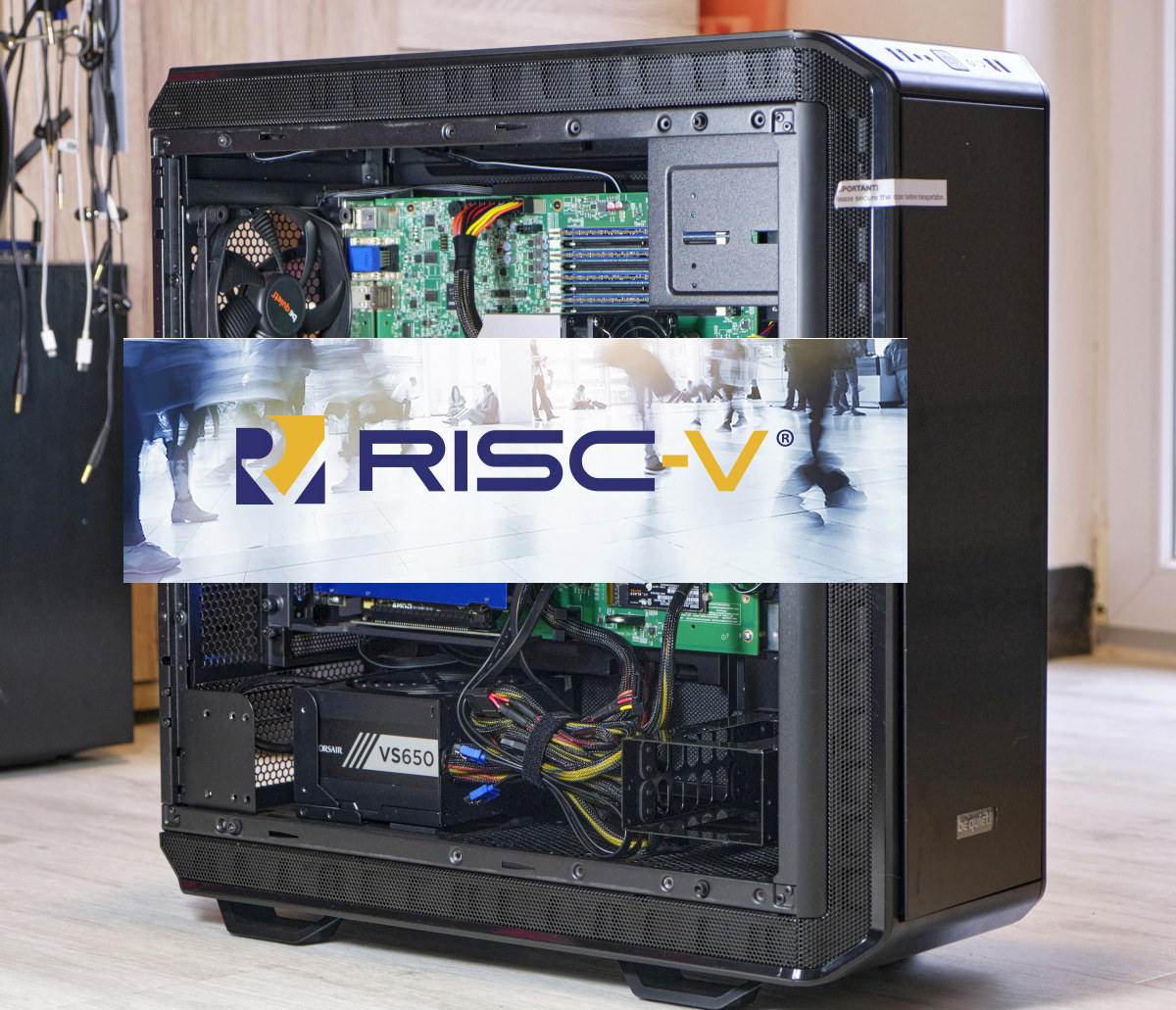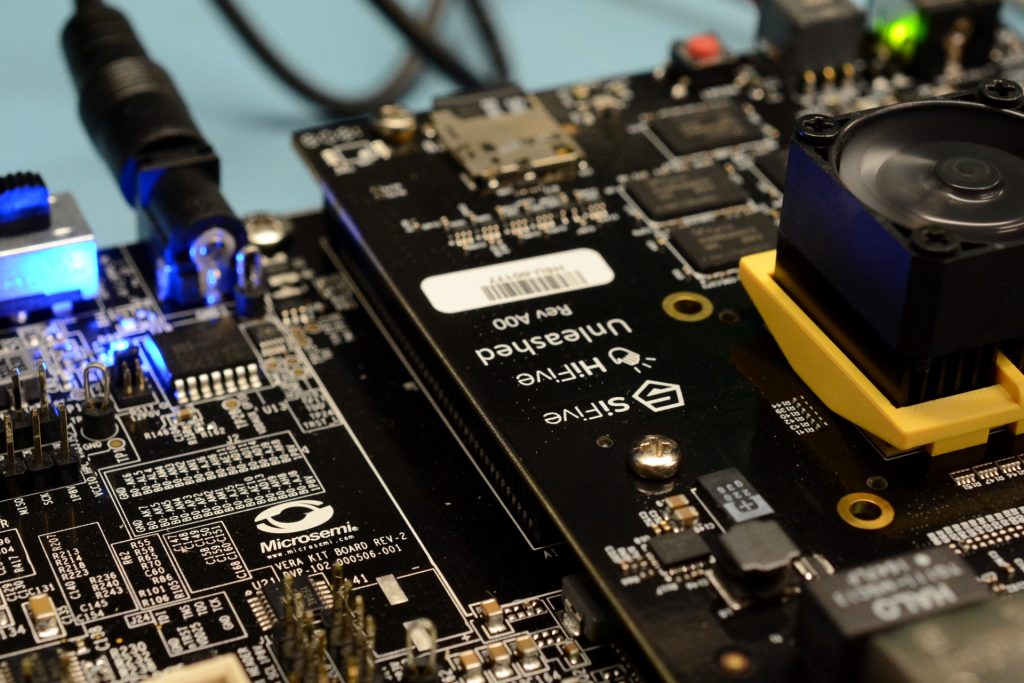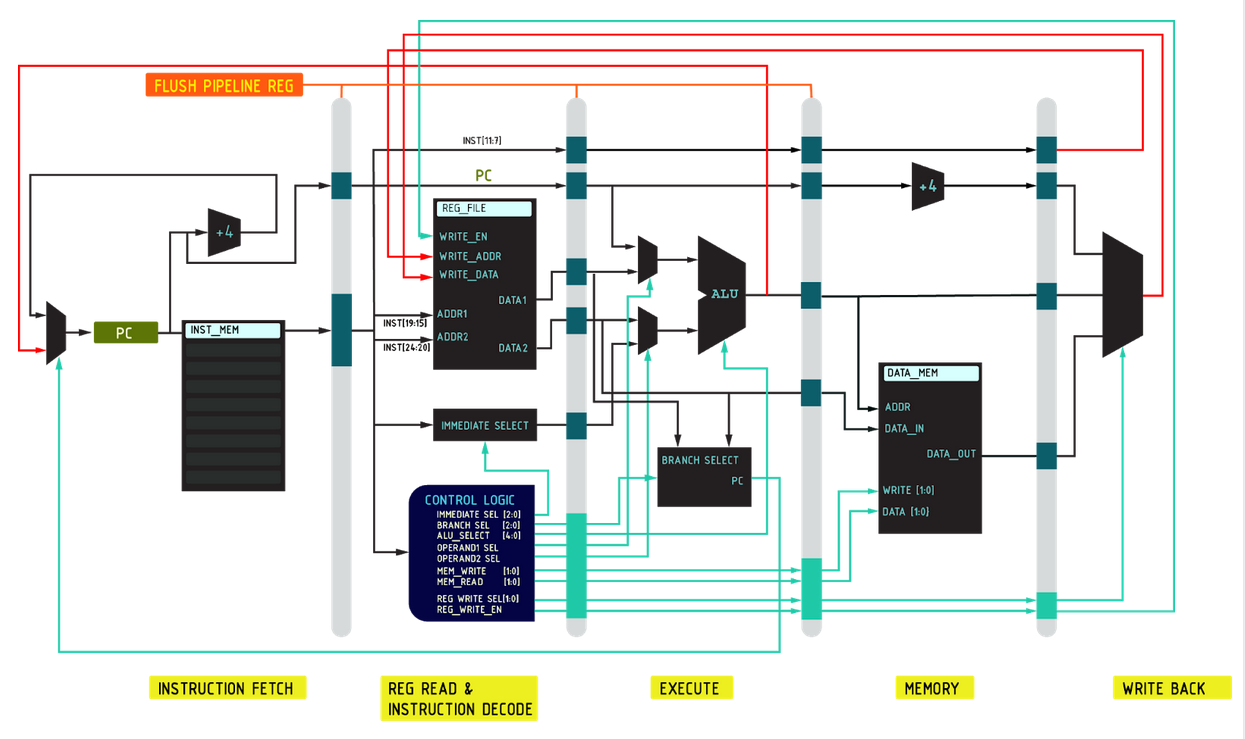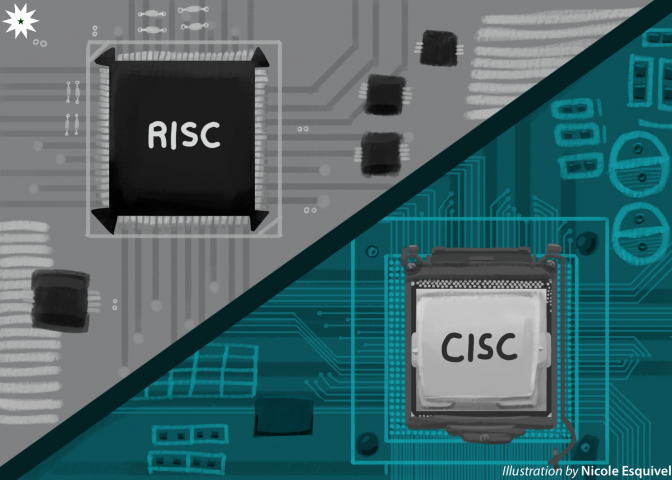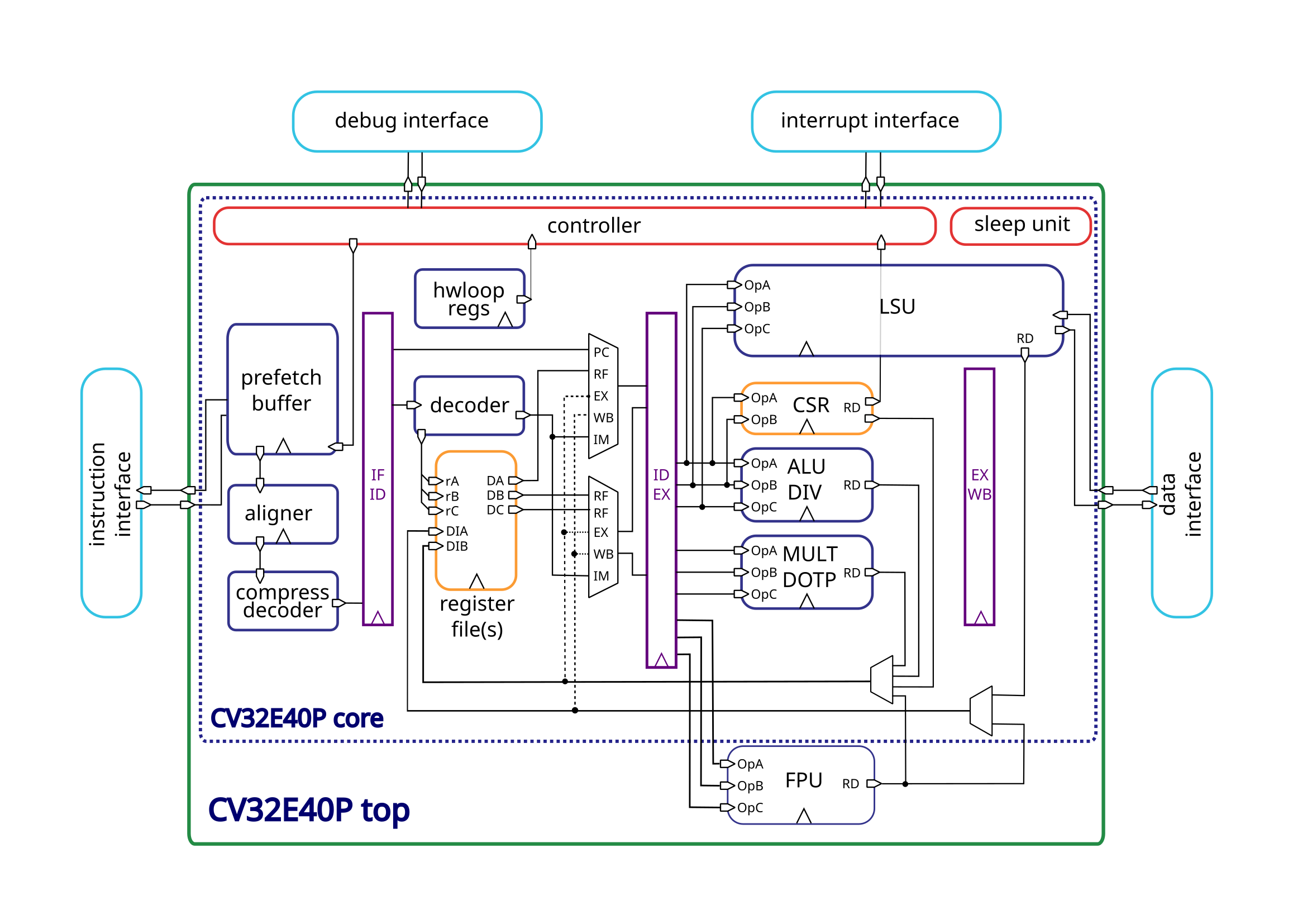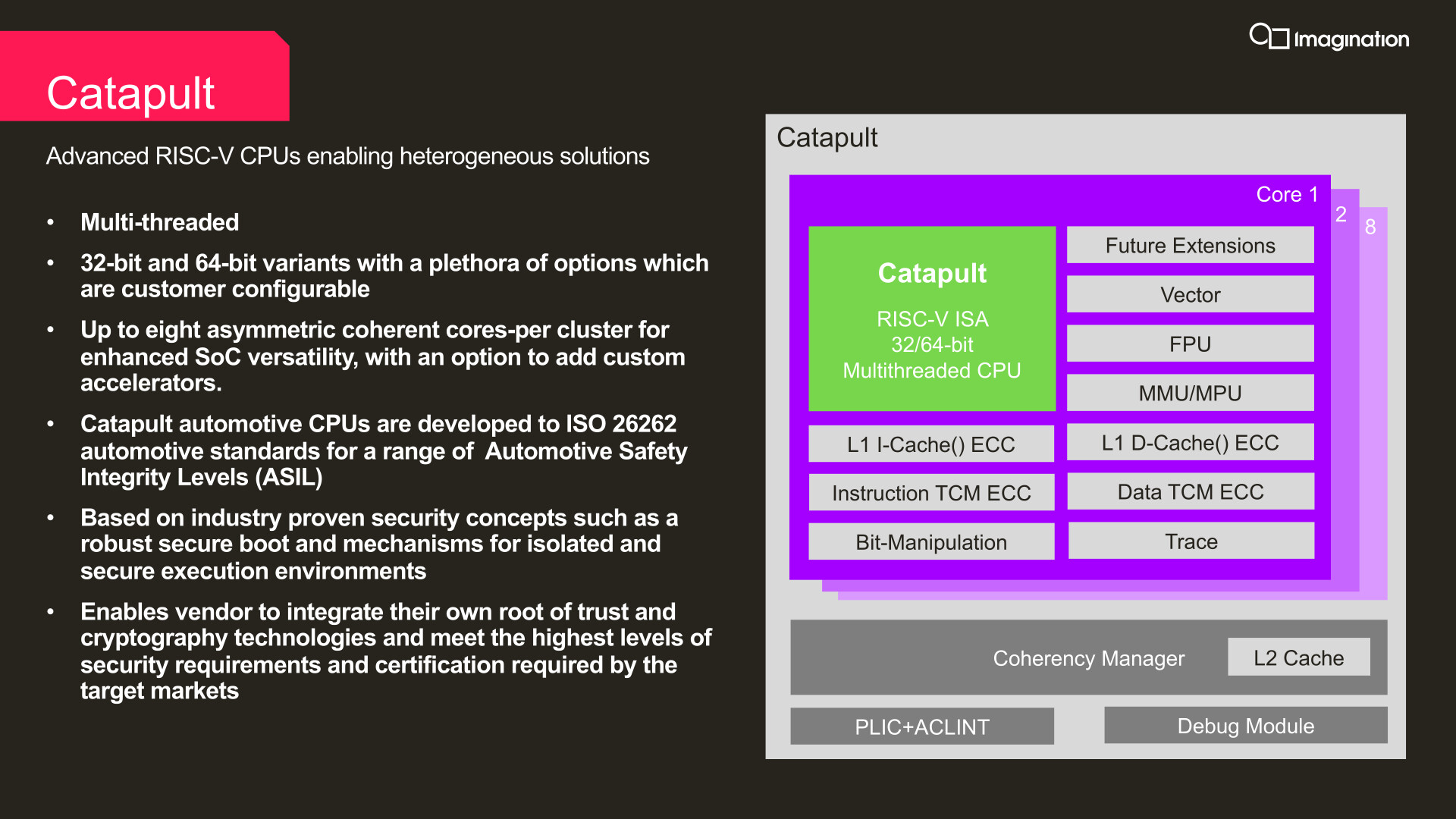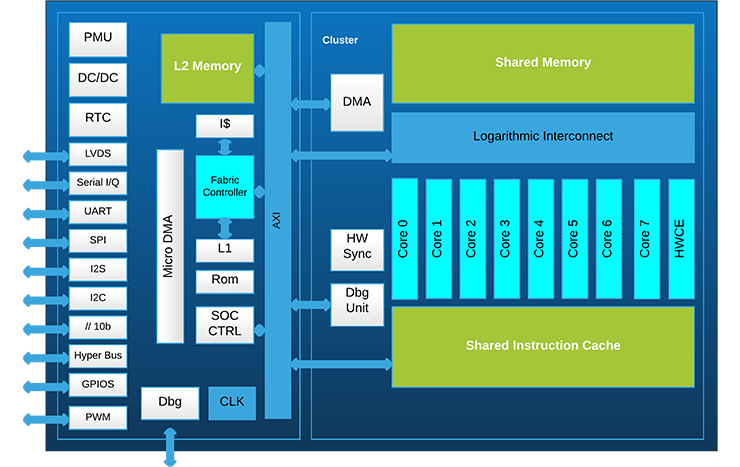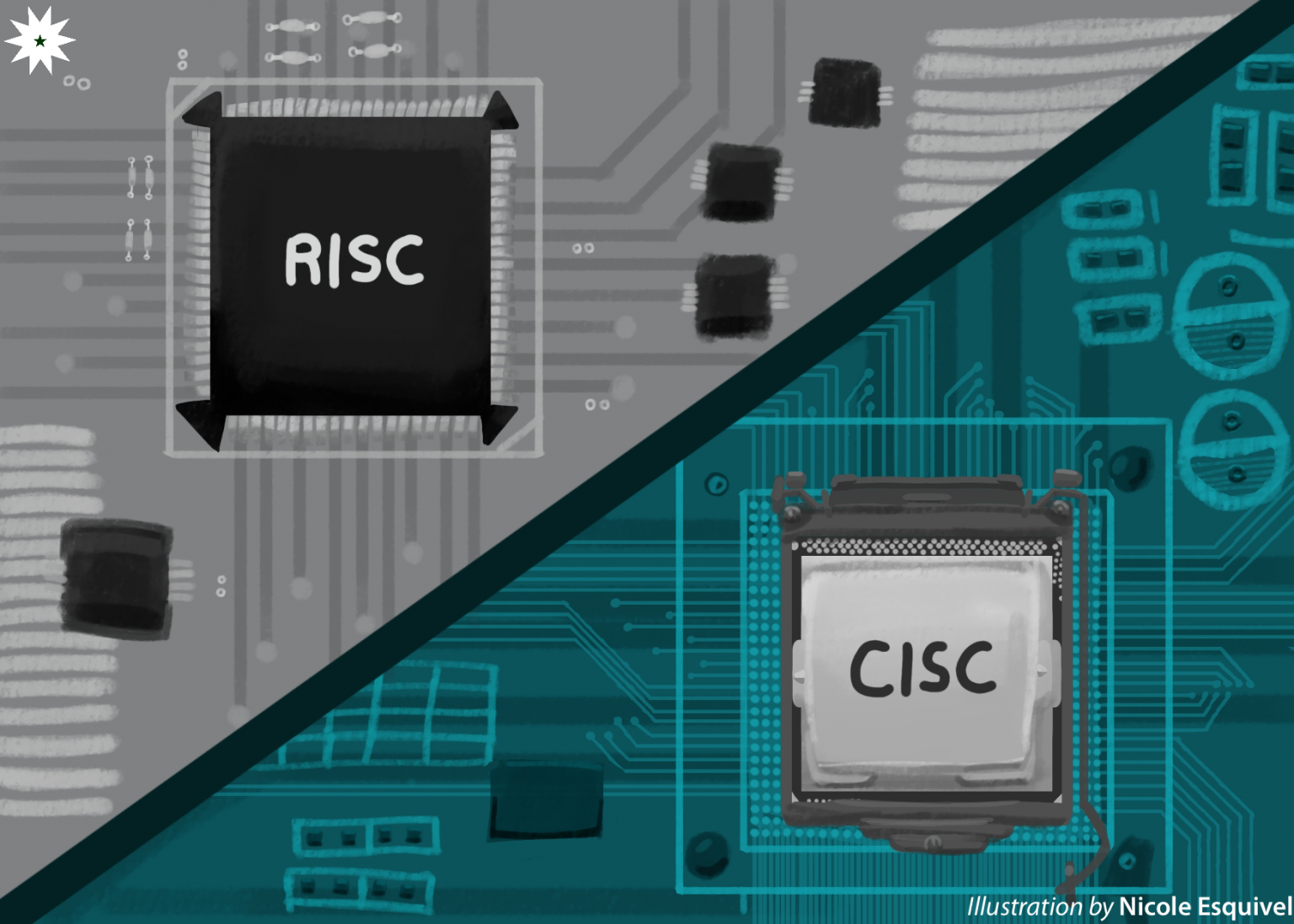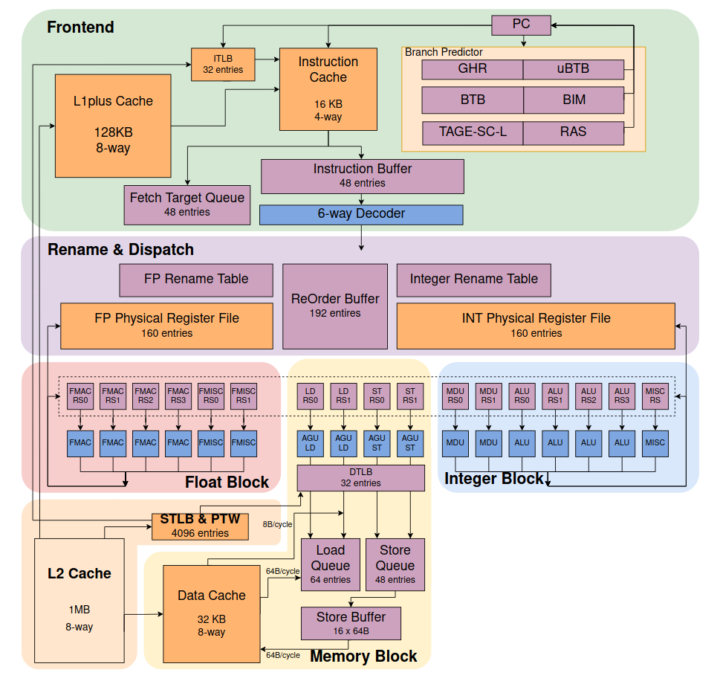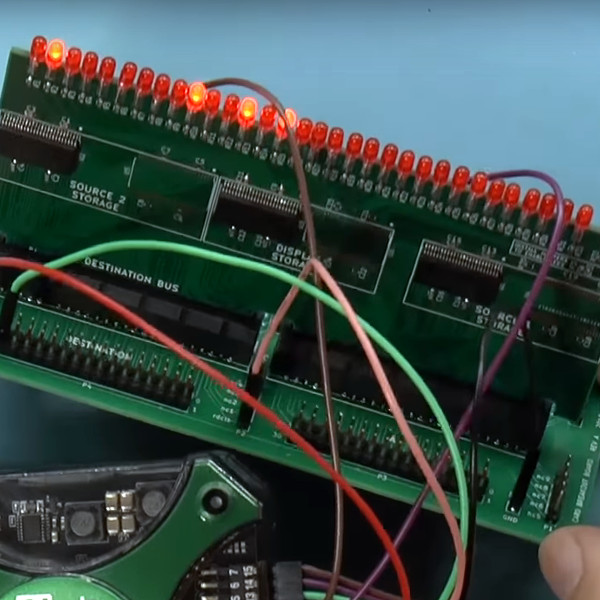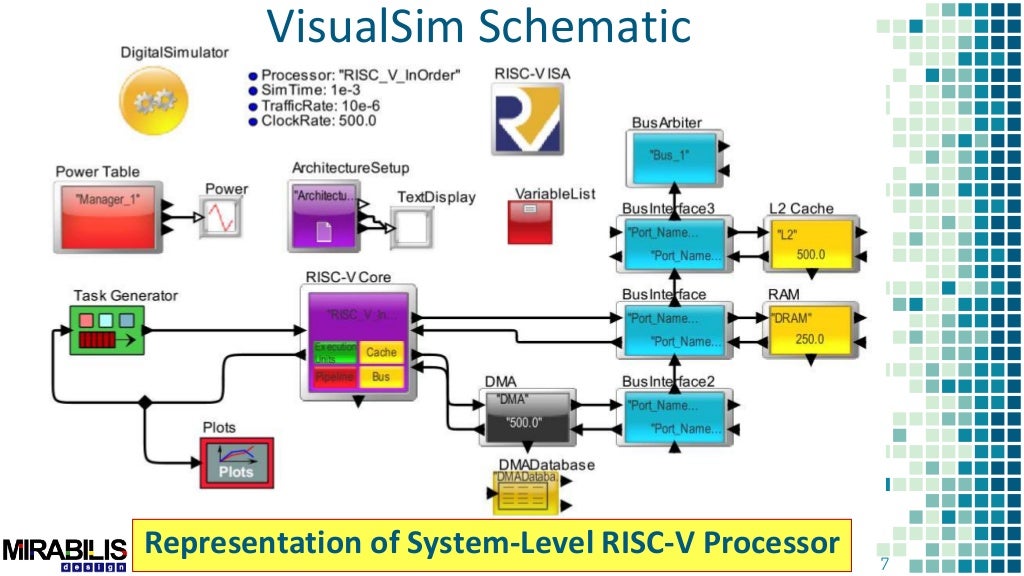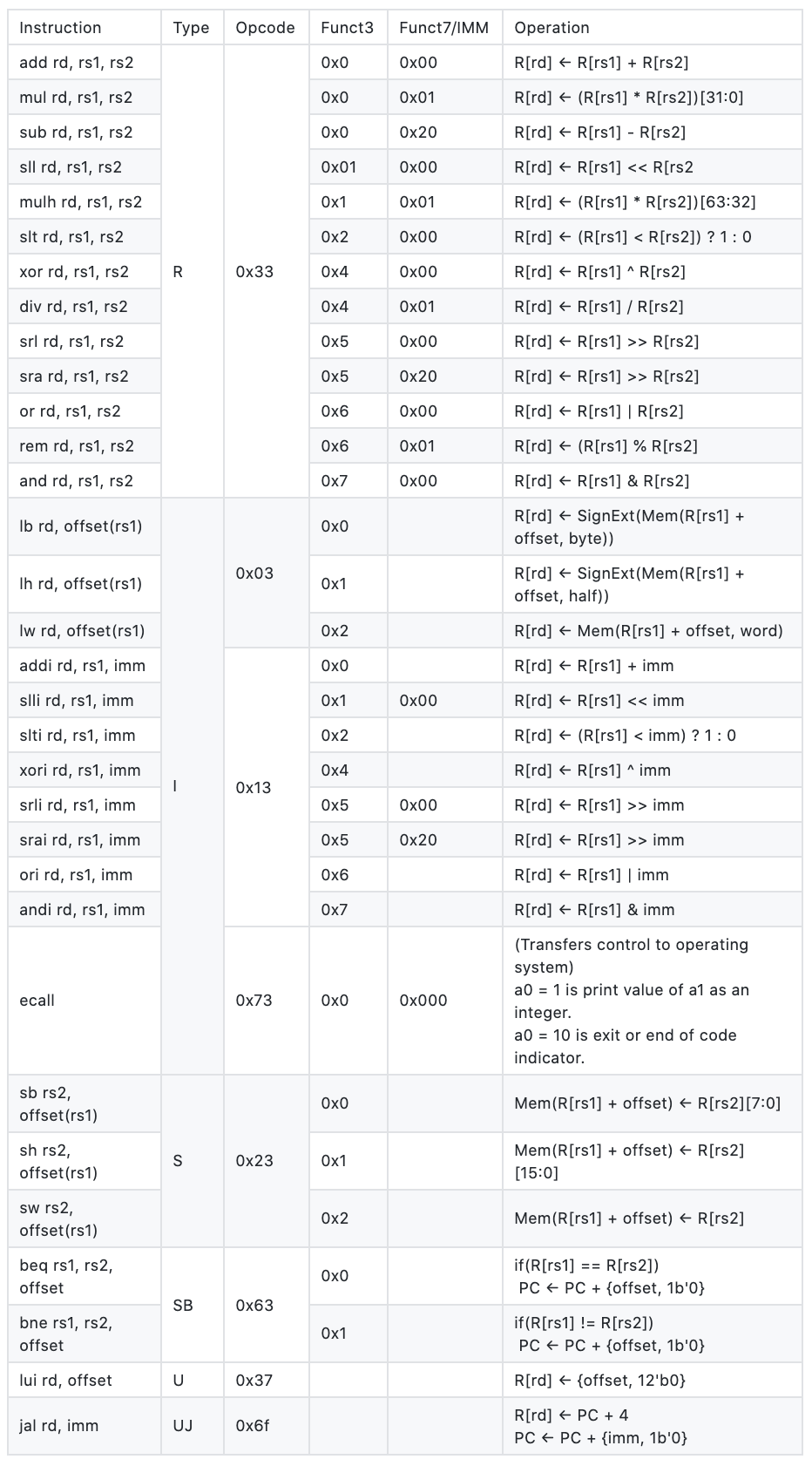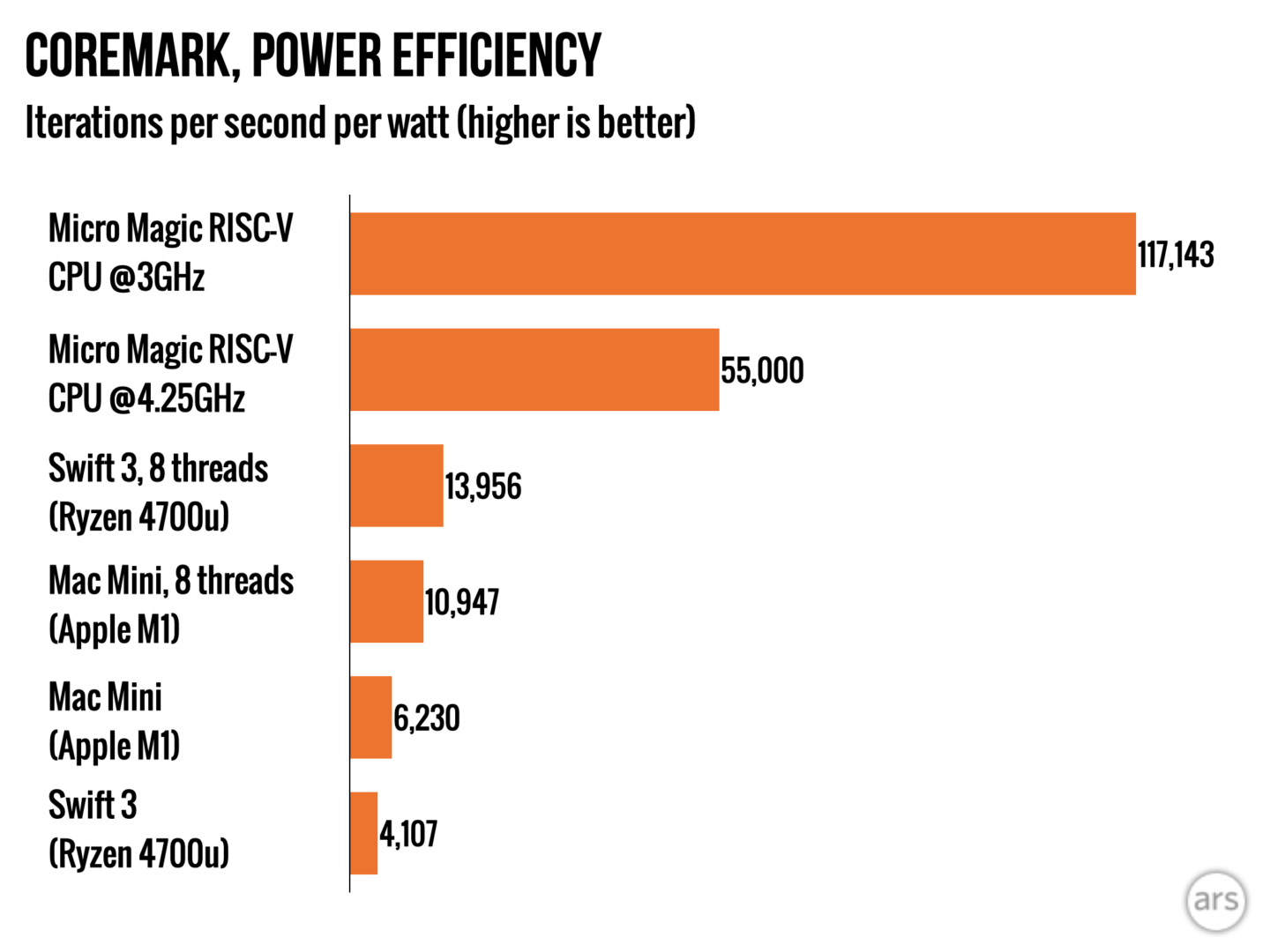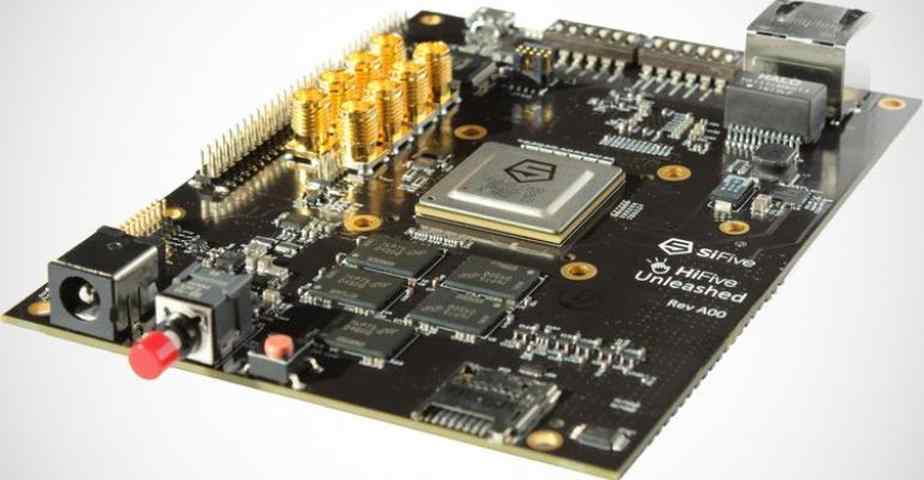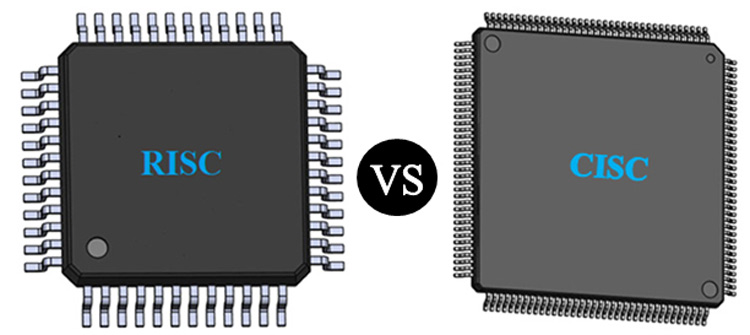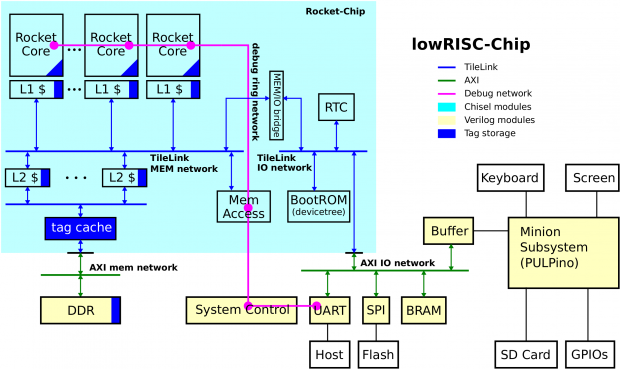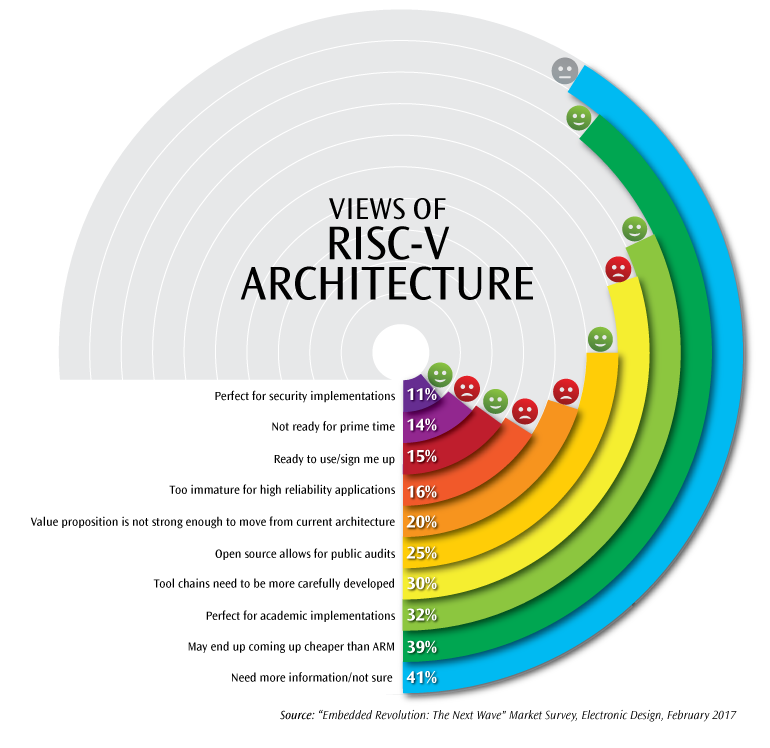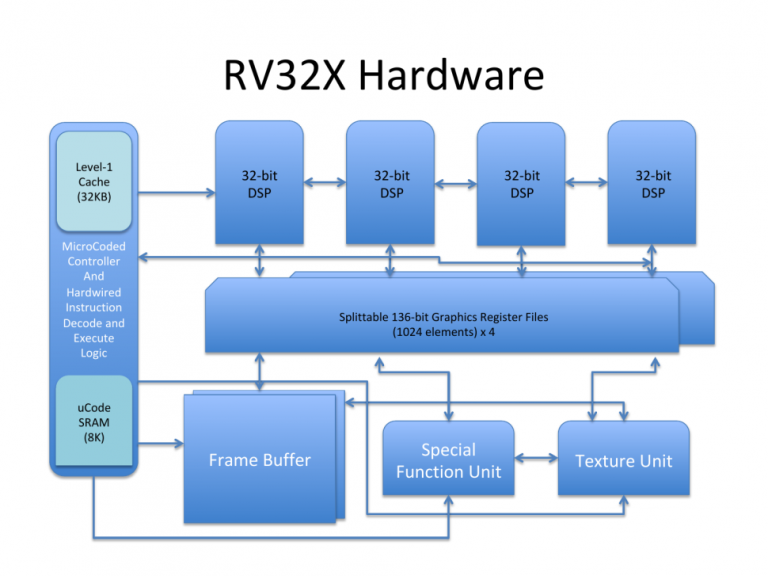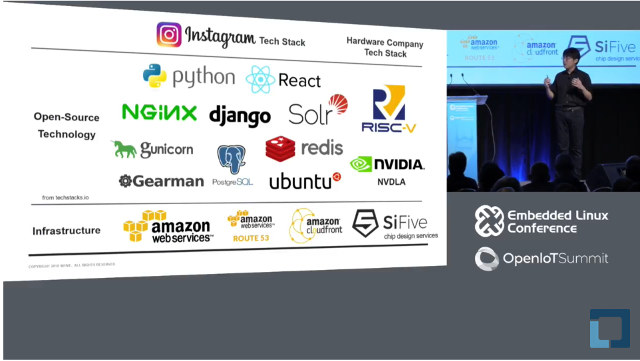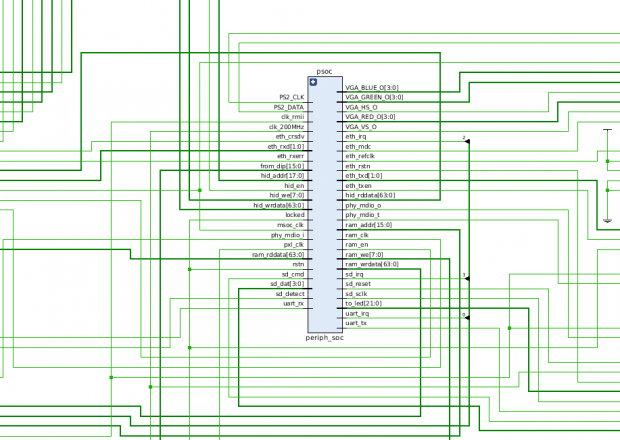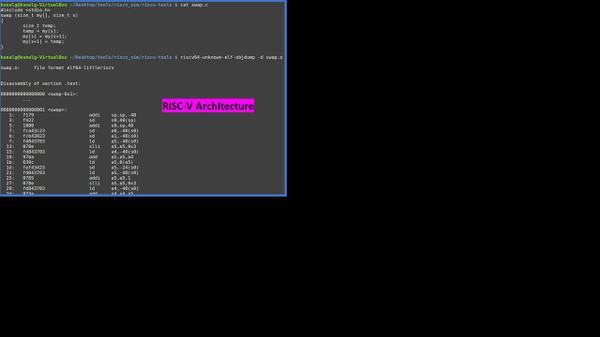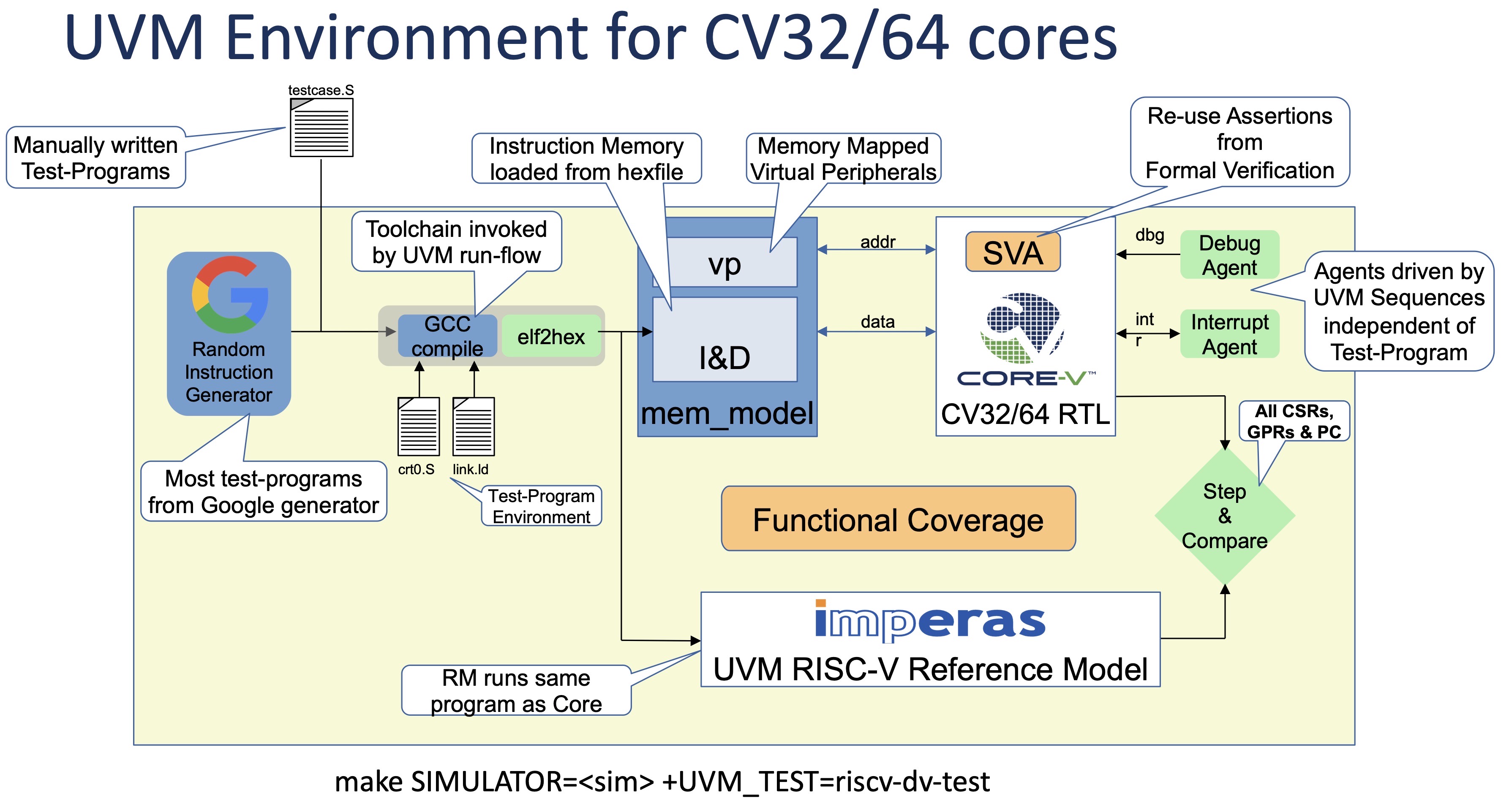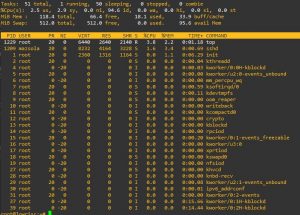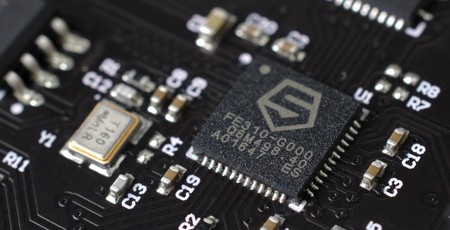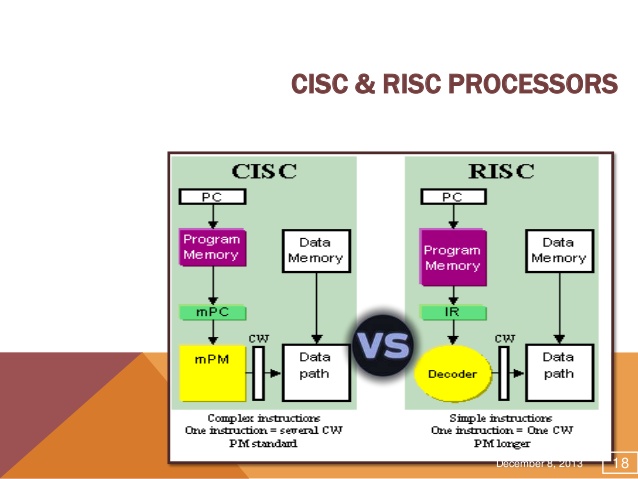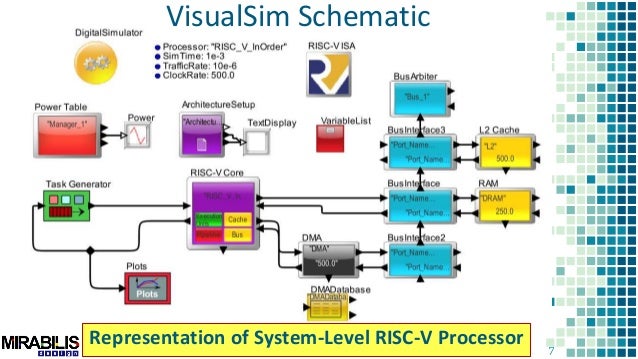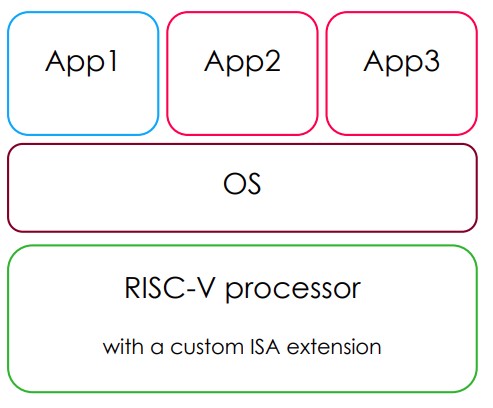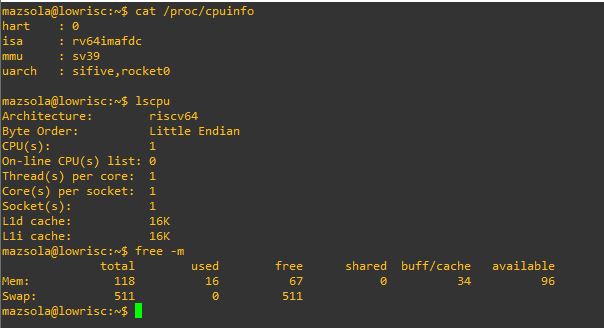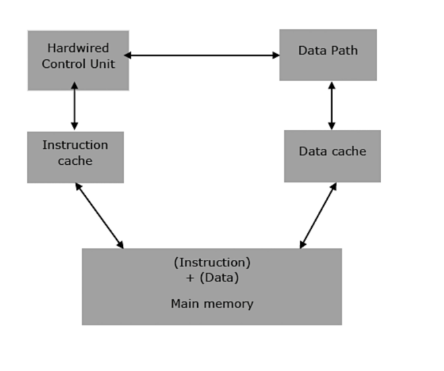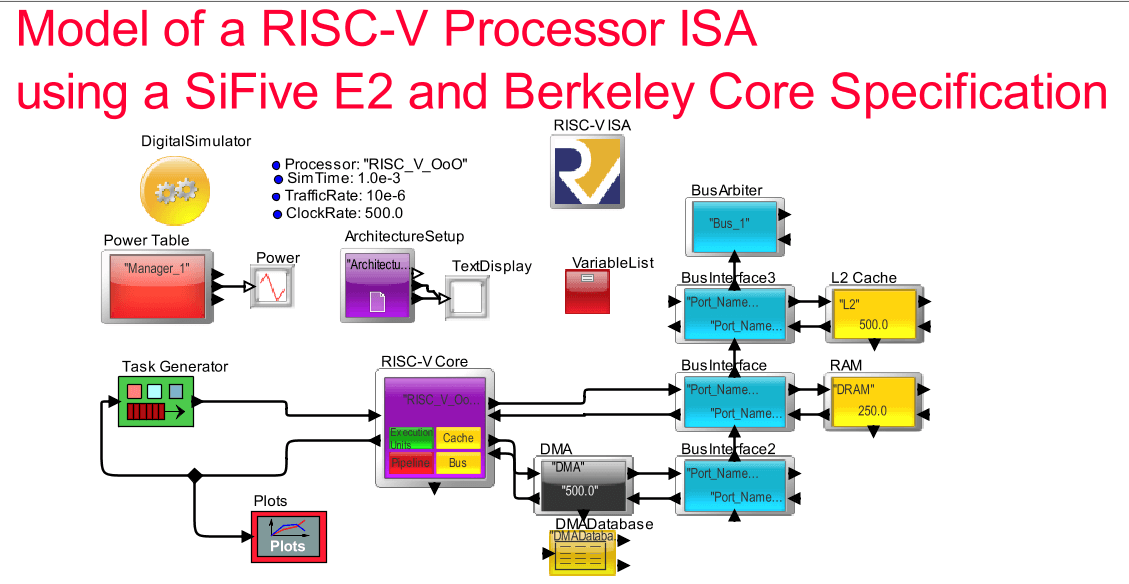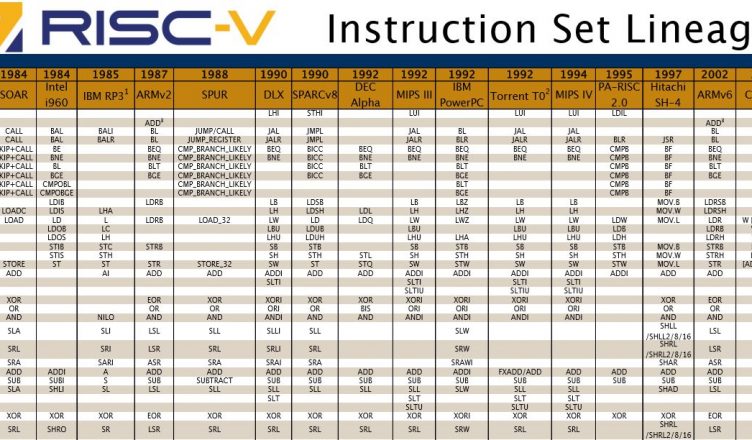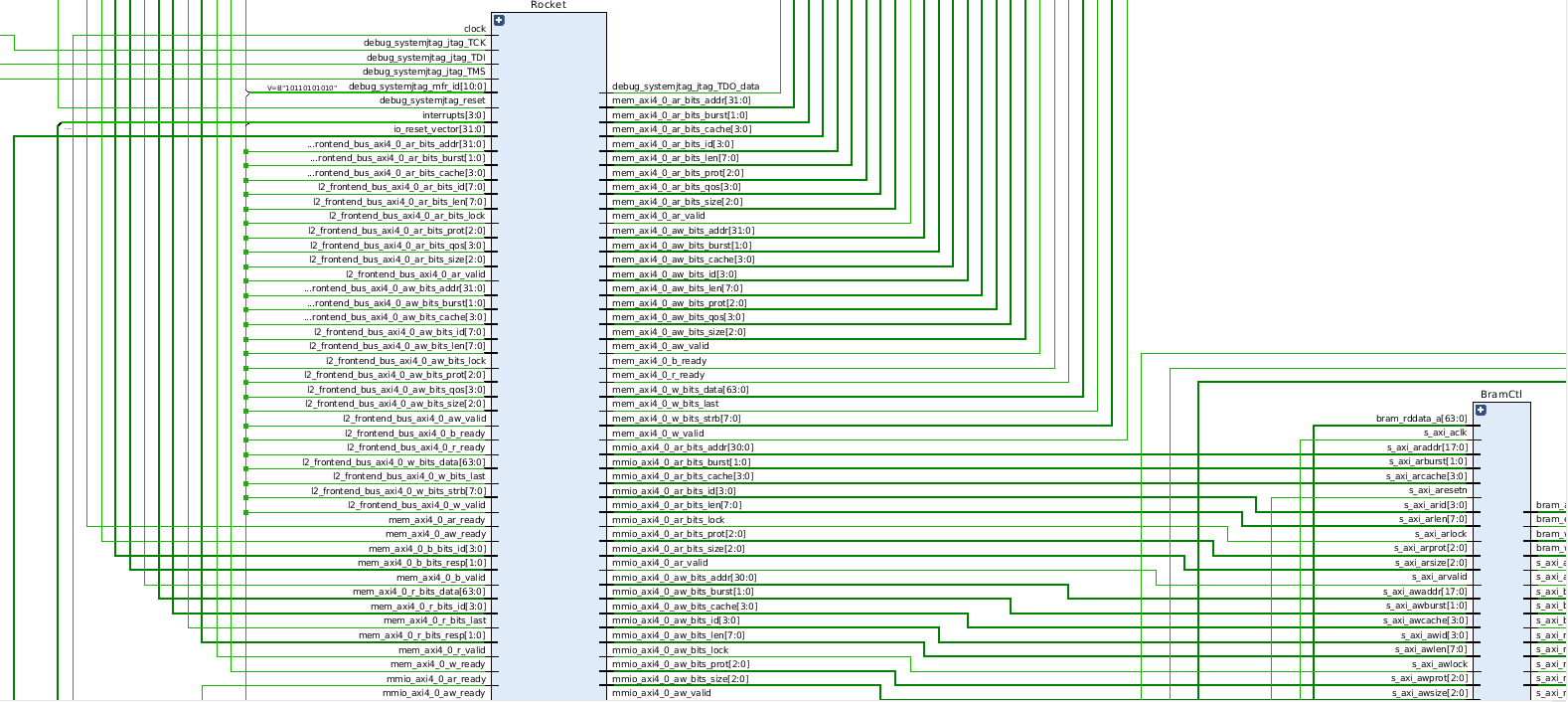GitHub siddharth23 8 32 bit RISC V Cpu Core
RISC V based CPU supports automotive functional safety Embedded com
Understanding RISC V Architecture and Why it could be a Replacement for ARM
RISC V vs ARM vs x86 What s the difference Electrical
SiFive to Debut RISC V PC for Developers based on Freedom U740 next gen
Imagination launches RISC V CPUs Embedded com
RISC V The computer chip design you need to know about
Creating a custom processor with RISC V EDN Asia
Building a RISC V PC AB Open
Architecture Overview of RISC V Virtual Platform with CNN Deep Learning
Powerhouses of the future Comparing the RISC and CISC processor
Wat je moet weten over cpu architectuur RISC V Tech Academy Blog
Leading RISC V Companies and Their Progress in Implementing the Open
Creating a Custom Processor with RISC V EE Times Europe
What is RISC V Origins and Forecast
Shakti The Indian Processor India s First Indigenous Microprocessor
Introduction CORE V CV32E40P User Manual documentation
Imagination launches RISC V CPU family TechPowerUp
RISC V for ultra low power processing and AI on the edge Electrical
Powerhouses of the future Comparing the RISC and CISC processor
What is RISC V Origins and Forecast
Shakti The Indian Processor India s First Indigenous Microprocessor
Introduction CORE V CV32E40P User Manual documentation
risc v News CNX Software Embedded Systems News
Imagination launches RISC V CPU family TechPowerUp
Imagination launches RISC V CPUs Embedded com
RISC V for ultra low power processing and AI on the edge Electrical
A RISC V That The Rest Of Us Can Understand Hackaday
Architecture Exploration of RISC V Processor and Comparison with ARM
SFU Intro Systems Class Review Unix Programming Tools and Basics of the
RISC V Extension Eliminates Division TechInsights
RISC V Processor Architecture Working Differences amp Uses
Open Source RISC V Architecture Makes Strides Towards Customizable SoCs
Open RISC V architecture startup SiFive raises 50 6 million to advance
India prepares RISC V processors
First Linux Based RISC V Board Prepares for Take Off Linux com
RISC vs CISC Detailed Explanation of Difference between RISC and CISC
Build your own RISC V architecture on FPGA ModernHackers com
Open Source RISC V Architecture Makes Strides Towards Customizable SoCs
RISC V Architecture Path to Mainstream Likely to be a Bit of a Slog
Check This Out Free Open Source RISC V GPU
RISC V Keynote at Embedded Linux Conference 2018 Video CNX Software
Build your own RISC V architecture on FPGA ModernHackers com
Creating a custom processor with RISC V EDN Asia
The third generation Xiangshan RISC V open source processor core
Build a RISC V CPU From Scratch IEEE Spectrum
Build your own RISC V architecture on FPGA ModernHackers com
Creating a Custom Processor with RISC V EE Times Europe
Open Source RISC V Architecture Makes Strides Towards Customizable SoCs
Check This Out Free Open Source RISC V GPU
RISC V opens up processor design ZDNET
A RISC V That The Rest Of Us Can Understand Hackaday
RISC V Keynote at Embedded Linux Conference 2018 Video CNX Software
Build your own RISC V architecture on FPGA ModernHackers com
Creating a custom processor with RISC V EDN Asia
PDF A RISC V Processor with Area Efficient Memristor Based In Memory
Building a RISC V PC now a reality risc v ABOpenLtd Hackaday
From RISC V architecture to Layout Coming Soon VLSI System Design
OpenHW open source CORE V processor IP a RISC V story that leads with
Build your own RISC V architecture on FPGA ModernHackers com
GigaDevice unveils MCU series based on RISC V FierceElectronics
RISC V Foundation ratifies ISA specifications bit tech net
Intel Plans to License Hybrid Chips That Combine ARM RISC V and x86
Creating a Custom Processor with RISC V EE Times Europe
Procesadores x86 vs ARM diferencias y ventajas principales
Architecture Exploration of RISC V Processor and Comparison with ARM
RISC V Overview AnySilicon Semipedia
RISC V vs ARM vs x86 What s the difference
Build your own RISC V architecture on FPGA ModernHackers com
Difference Between RISC And CISC Architecture With Diagram Viva
Open Hardware RISC V 187 Linux Magazine
ModernHackers com Page 2 FPGA ESK8 Drone IoT Network and IT
Build your own RISC V architecture on FPGA ModernHackers com
Risc V Architecture For Amd And Intel X86 Chipset Processing With 192 Cores Built On A 5nm Process Node - The pictures related to be able to Risc V Architecture For Amd And Intel X86 Chipset Processing With 192 Cores Built On A 5nm Process Node in the following paragraphs, hopefully they will can be useful and will increase your knowledge. Appreciate you for making the effort to be able to visit our website and even read our articles. Cya ~.




